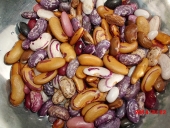












"You must be the change you want to see in the world." "First they ignore you, then they laugh at you, then they fight you, then you win." --Mahatma Gandhi
"Preach the Gospel always, and if necessary, use words." --Francis of Assisi.
"Family farms work when the whole family works the farm." -- Adam Klaus
 1
1




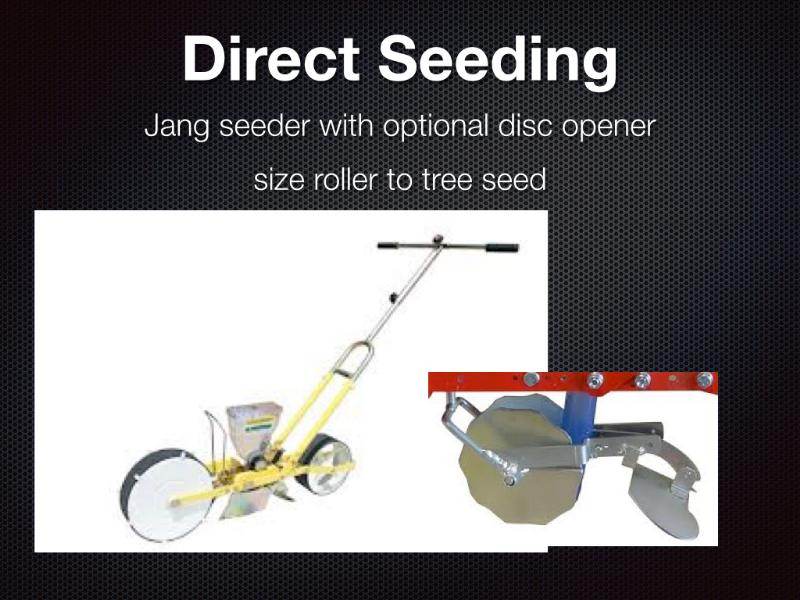
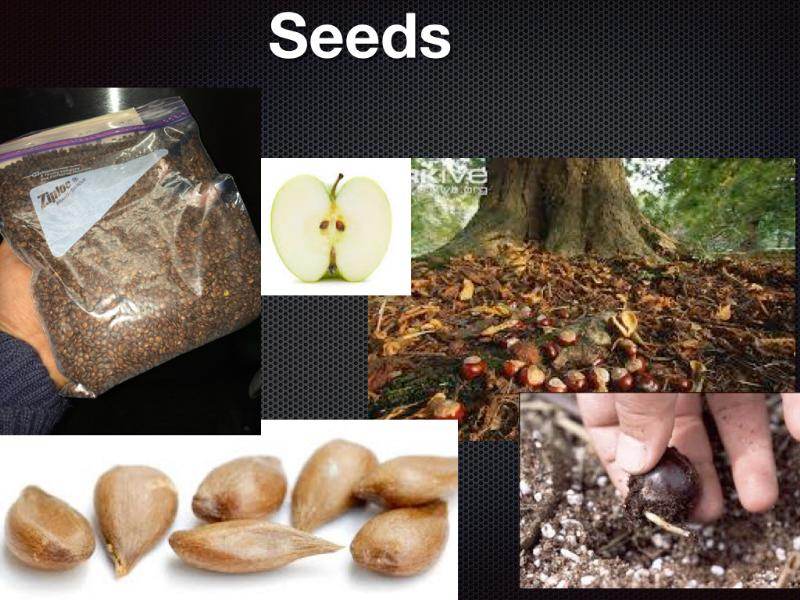
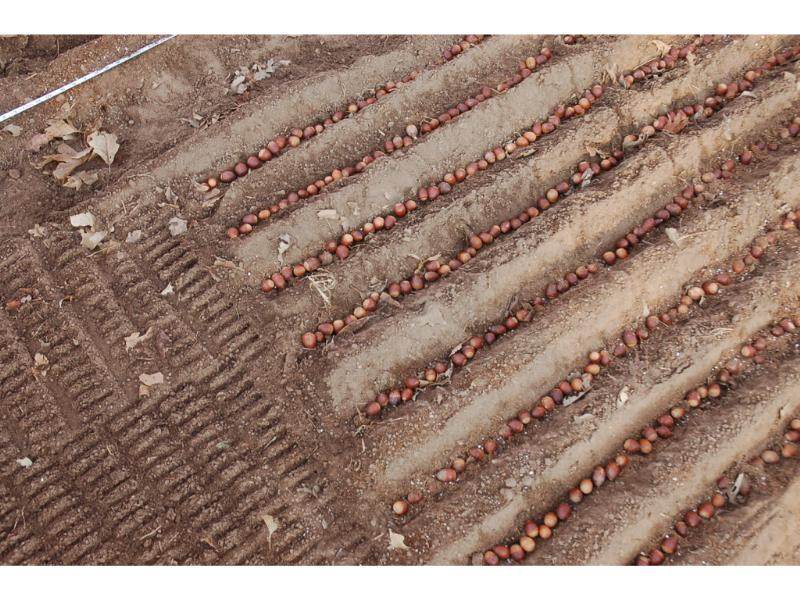
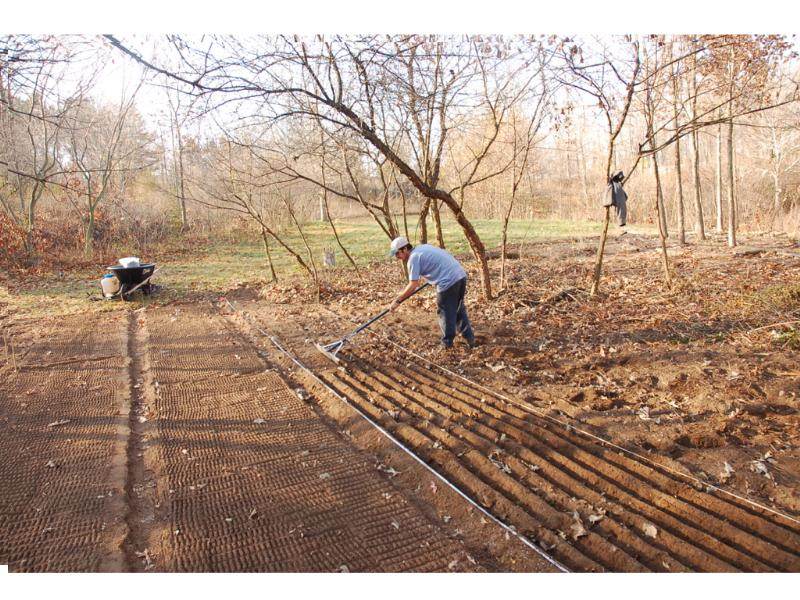




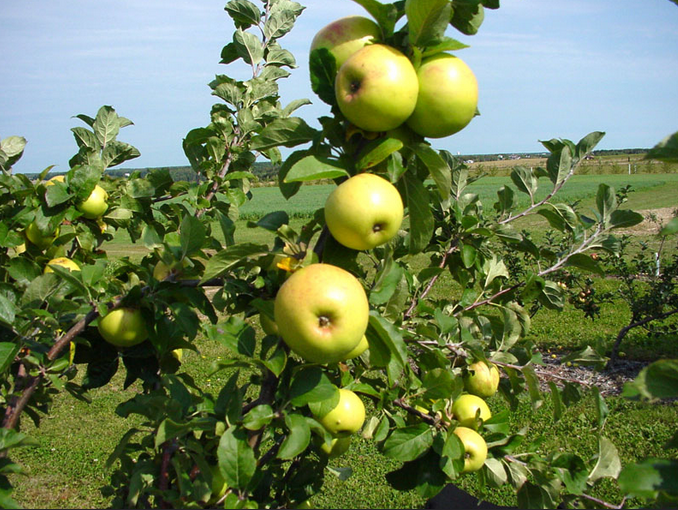








Tyler Stowers wrote:Do you have a recommended online resource to obtain tree seeds?












Adrien Lapointe wrote:What do you do for weed control in the nursery?
Some of this Spring's planting in our nursery got overrun pretty quickly with weeds. It seems like mulching early and often works best for us.













Adrien Lapointe wrote:In the nursery, mulching is fairly easy to do. For large scale planting, mulching trees individually is really time consuming. We only did a 2 ft diameter much around each bare root tree, and by July we could not find the trees anymore. I have been thinking that unrolling spent hay or straw on the swale prior to planting would be the fastest way. Have you tried this?
That could also work with large seeded trees. Seed predation could be a problem, although Bill McKentley from St. Lawrence Nursery was saying that planting just before the soil freezes for the winter greatly reduces predation.








Adrien Lapointe wrote:ah! never heard of those. Looks like a sideways manure spreader.
Does it cause any damage to the small trees?








"You must be the change you want to see in the world." "First they ignore you, then they laugh at you, then they fight you, then you win." --Mahatma Gandhi
"Preach the Gospel always, and if necessary, use words." --Francis of Assisi.
"Family farms work when the whole family works the farm." -- Adam Klaus




Grant Schultz wrote:
I think species like black locust and redbud are great for use in vegetable seeders like this (the Jang is the best). The seed is small, hard, consistently shaped, and able to flow through a hopper into the rollers very easily.





|
And now this tiny ad wants to get married
Play Your Way to a Sustainable Lifestyle: Uncover Permaculture Principles with Each Card
https://gardener-gift.com/
|
